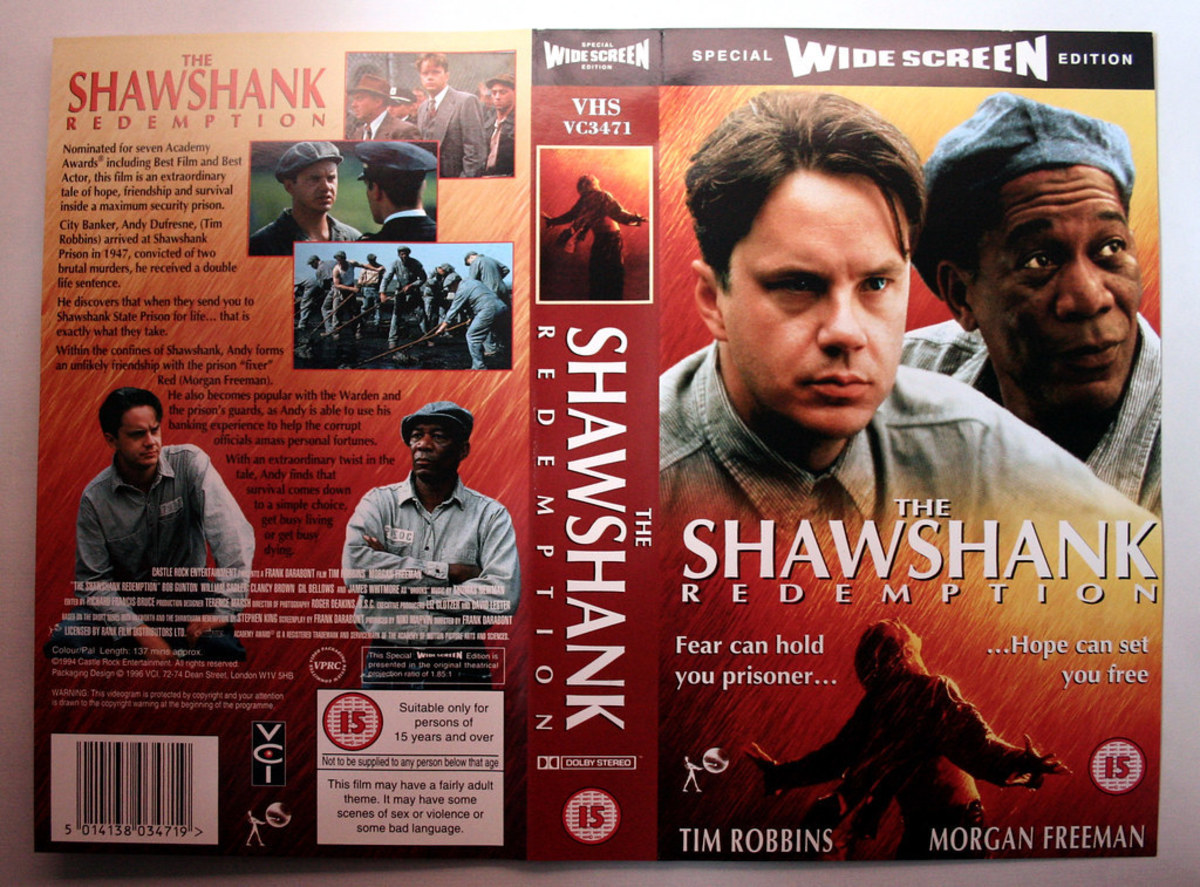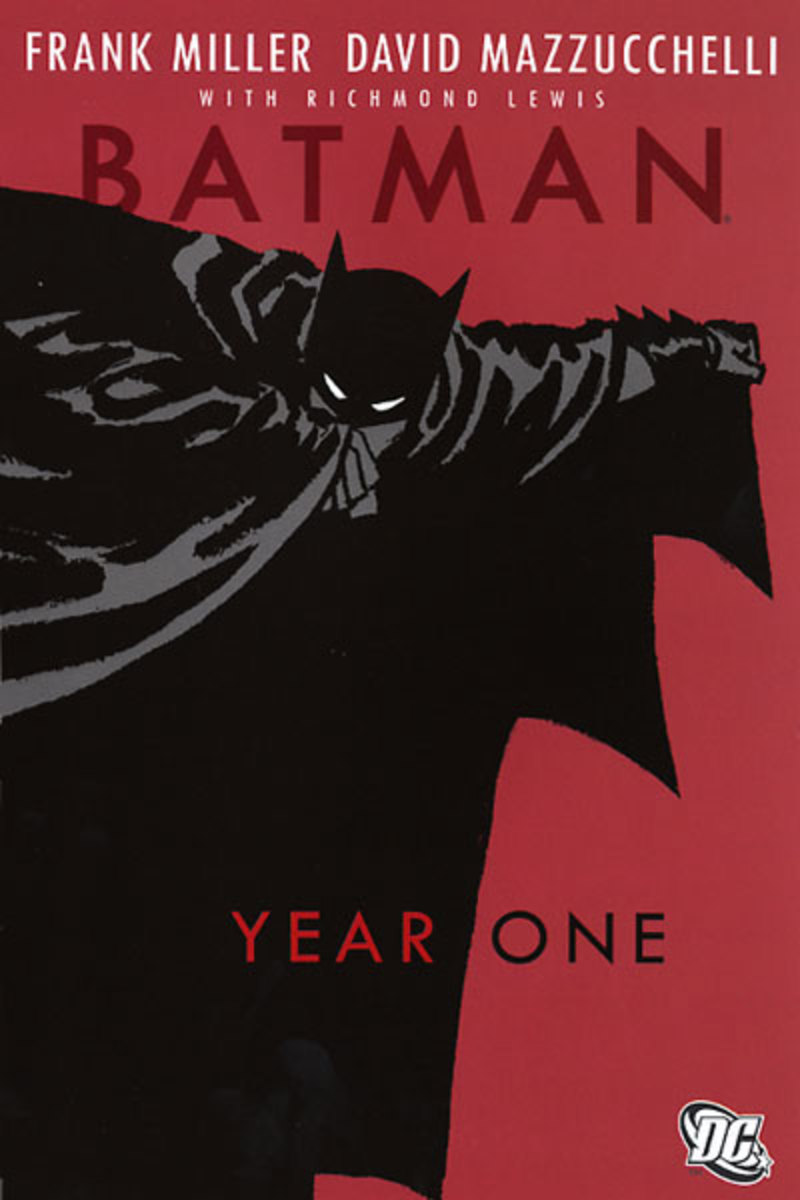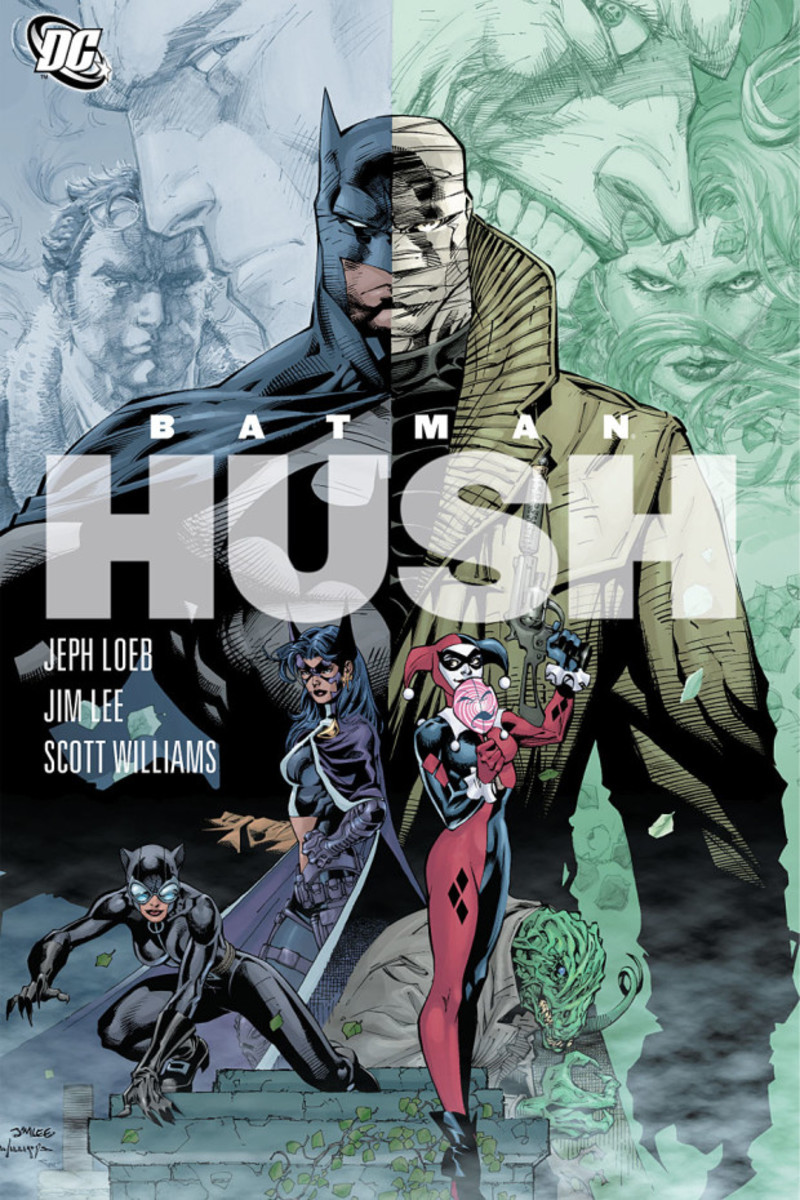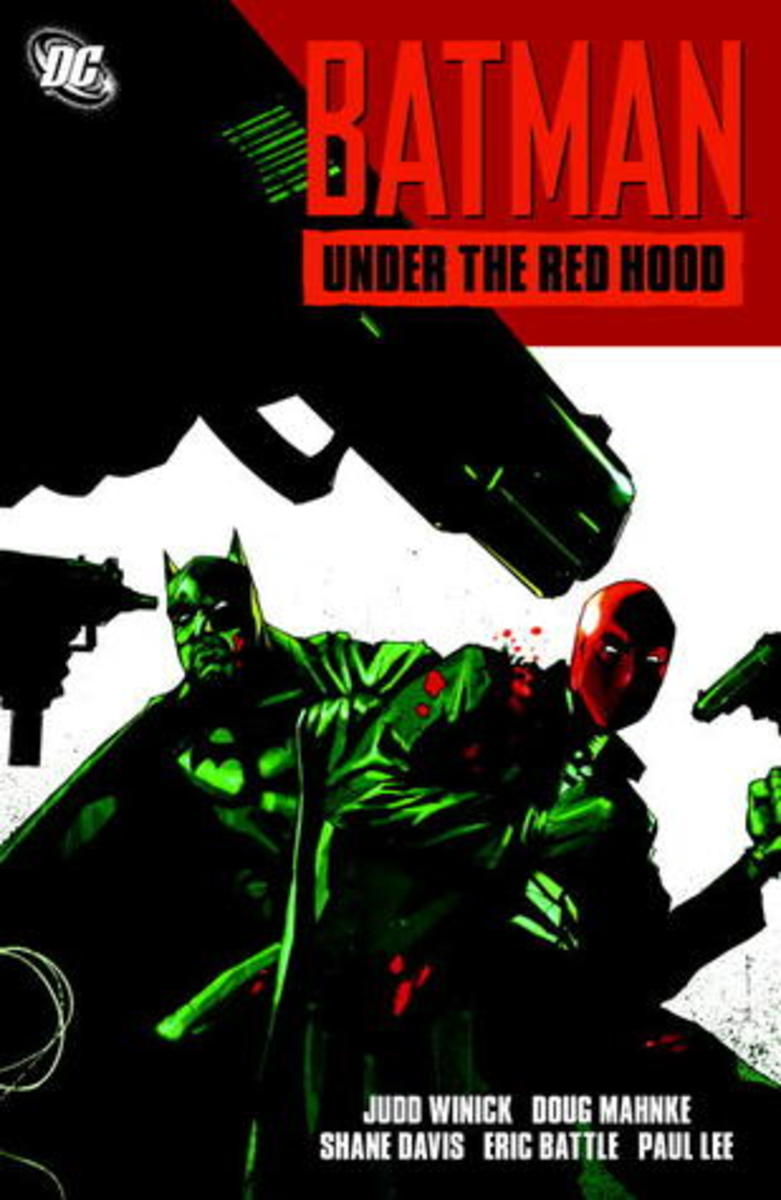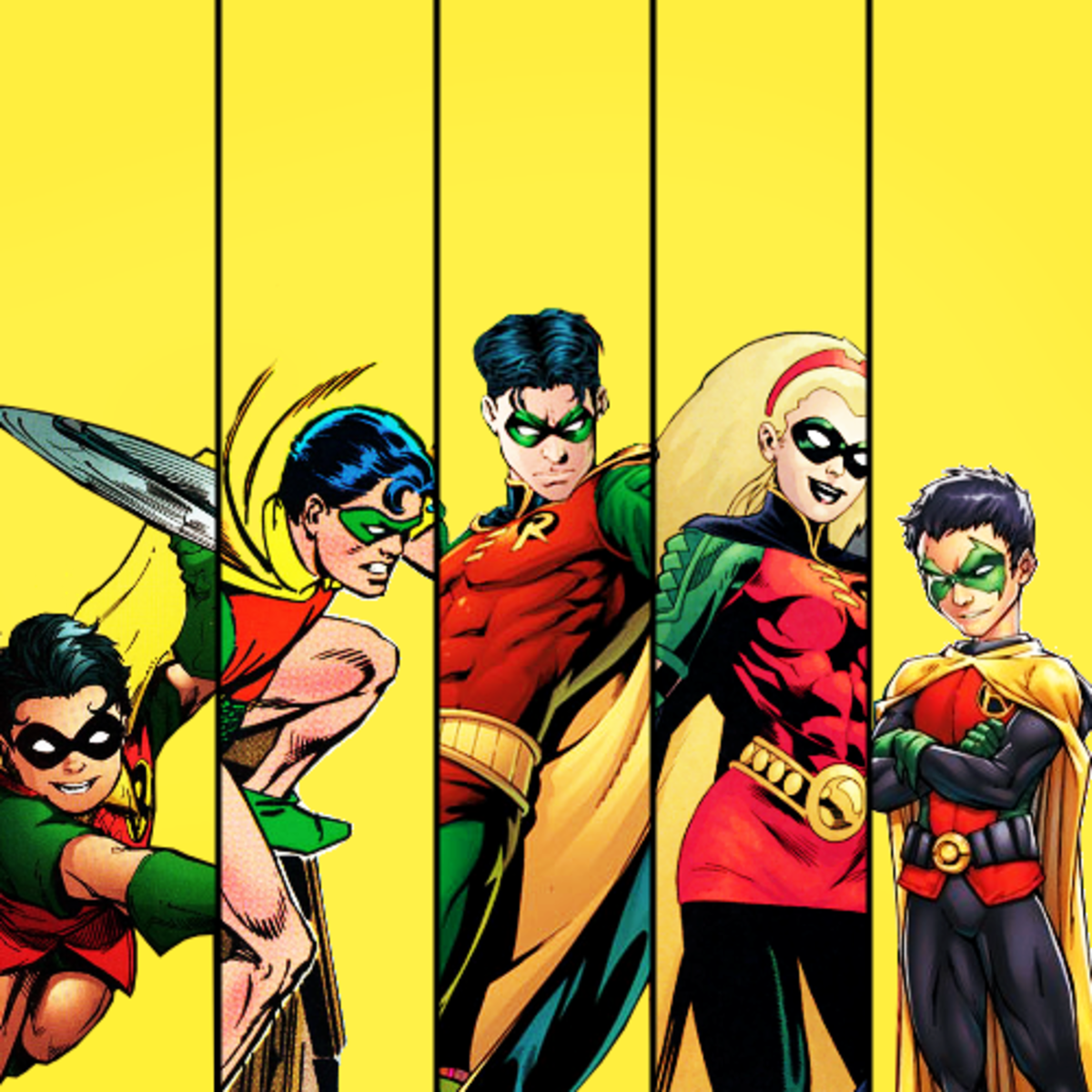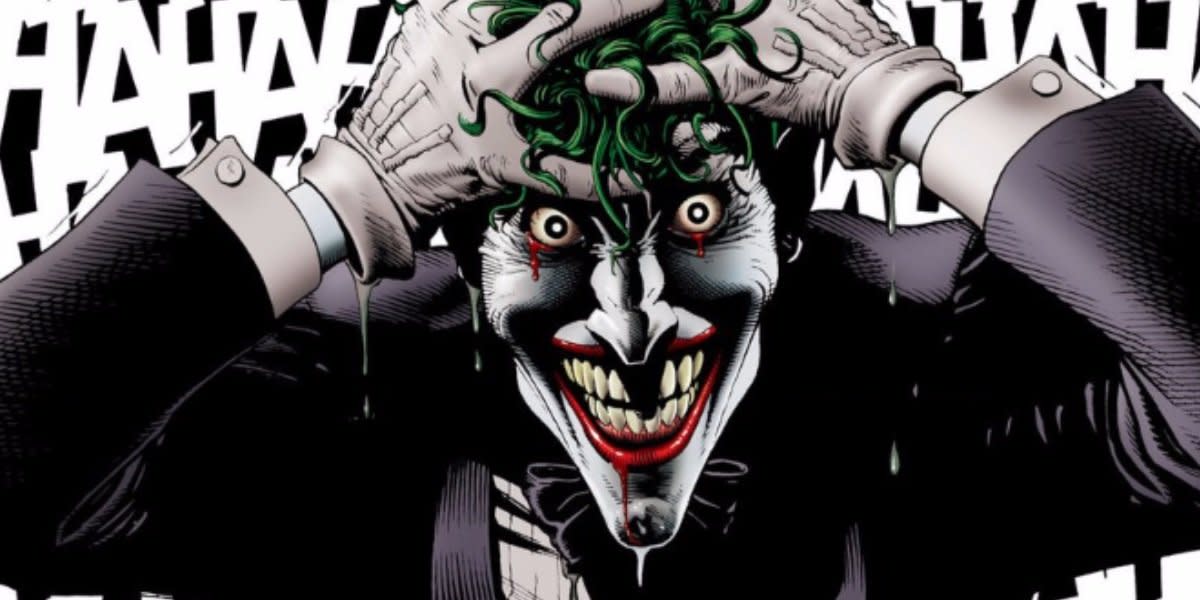The Ten Greatest Batman Writers Of All Time
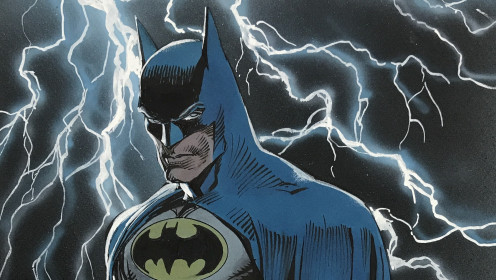
Several years ago, on HubPages' website, I listed and explained who I believed to be the ten greatest Batman artists of all time (which you can check out by clicking this). This time around, the focus is on who I believe to be the ten greatest Batman writers of all time, starting with (in reverse numerical order):
10. MIKE W. BARR – It's certainly no secret that Mike W. Barr has long been an avid fan of detective mysteries, which is why his first-ever published short story was published in a 1974 issue of ELLERY QUEEN MYSTERY MAGAZINE. It's also no secret that Batman has always been Barr's favorite comic book super-hero, since the character is also renowned as a master detective. The height of Barr's success as a Batman writer came during the 1980's and early-to-mid-1990's, when he contributed stories to not only BATMAN, DETECTIVE COMICS, and THE BRAVE & THE BOLD – but also BATMAN & THE OUTSIDERS, which he co-created with long-time Batman artist Jim Aparo, back in 1983. Among Barr's best-known and most-revered Batman stories were “The Player On The Other Side” in BATMAN SPECIAL#1 (1984), and “Batman: Year Two” in DETECTIVE#575-79 (June-September 1987) – the latter story-line which pitted the Caped Crusader against the Reaper, a costumed vigilante who killed any and all criminals, an affront to Batman's belief about the preservation of all human life, including hardened criminals.
9. GARDNER FOX - One of the writing giants of comics' Golden and Silver Ages, the late Gardner Fox's first Batman story was a two-part story published in DETECTIVE COMICS#29-30, back in 1939, when Batman first debuted. And that was the last one he would write -- at least, for the next quarter-century. (the JUSTICE LEAGUE OF AMERICA stories that Fox wrote during the late-1950's and 1960's, and which featured Batman, don't count). In 1964, Fox returned to writing Batman stories for editor Julius Schwartz right up to the end of the decade -- his most enduring creation was and remains the second Batgirl (a.k.a. Gotham City Police Commissioner James W. Gordon's daughter Barbara). Of course, Fox also created the Outsider, a mysterious villain bent on destroying Batman who was revealed as Bruce Wayne's butler Alfred Pennyworth in DETECTIVE#356 (October 1966), which was something of a stretch, since Alfred supposedly died in the pages of DETECTIVE#328 over two years ago; you can no doubt chalk up Alfred's return from the dead to, in part, to the character playing a significant role in the live-action BATMAN TV series from the mid-to-late-1960's (though I now realize that -- at least, from today's perspective -- the Outsider tales were a bit shoddy in execution).
8. JOHN BROOME - Like Gardner Fox, the late John Broome was one of the leading writers of comics' Golden and Silver Ages. It was Broome who helped play a major role in DC jump-starting the super-hero genre in the mid-1950's, starting with the revived FLASH and GREEN LANTERN comic books. And it was Broome who helped jump-start Batman's career when Julius Schwartz tapped him to write his first-ever Batman story in DETECTIVE#327 in 1964, which wasn't just the character's 25th anniversary -- but also the start of the "New Look" Batman, portraying him in a more realistic fashion, more realistic than the science-fiction and fantasy settings associated with the Batman stories approved by Schwartz's editorial predecessor Jack Schiff during the late-1950's and early-1960's (which definitely hurt not only comic book sales, but also Batman's popularity). Broome, as well as Fox, also brought back many of Batman's classic super-villains, including The Joker, whose popularity would be further enhanced in part by the 1960's BATMAN TV series.
7. FRANK ROBBINS - By the time that the late Frank Robbins wrote his first Batman story in BATMAN#204 (August 1968) -- he was already well-known to millions worldwide, thanks in part to his newspaper comic strip creation JOHNNY HAZARD, which he both wrote and illustrated from 1944-77. It was Robbins who played a key role in returning Batman to his dark image by the end of the 1960's -- as evident in BATMAN#217 (December 1969) -- not to mention Dick (Robin) Grayson's transformation from a teen-age boy to a young adult, when he went off to college. Robbins also created Man-Bat in 1970, in tandem with artist Neal Adams, one of the more memorable (and unique) characters introduced in the Batman comic books during the 1970's. In addition, Robbins also drew several Batman stories that he wrote as well during that same decade -- which offered an unique visual take on the character himself (and no doubt divided opinion among comic book fans at that time).
6. DOUG MOENCH - The writer of Marvel's MASTER OF KUNG FU, WEREWOLF BY NIGHT, and MOON KNIGHT, Doug Moench's association with Batman began in late-1982 with several Superman/Batman team-up stories in WORLD'S FINEST. In 1983, Moench took over the writing chores of both BATMAN and DETECTIVE, which lasted for slightly over three years -- with the major turning point in the Batman mythos occurring during his stint, when Dick Grayson handed over the role of Robin to Jason Todd. In 1992, Moench returned to the writing chores of BATMAN, and wrote the title until 1998 -- one of Moench's most unforgettable Batman stories that he wrote during the 1990's was published in BATMAN#497 (July 1993), when the Dark Knight was crippled by the narcotics-fueled super-villain Bane as part of the "Knightfall" storyline (though Batman himself didn't remain crippled forever, for those who read the "Knightsend" storyline a year later).
5. LEN WEIN - It wasn't a secret that the late Len Wein was a tremendous fan of Batman, which led him to write a number of stories featuring the Masked Manhunter during the 1970's and early-1980's, including an encounter with one of Wein's most enduring creations -- Swamp Thing, in #7 (November-December 1973) of the fantasy-horror hero's comic book. Wein also shaped Batman's destiny in a far different (but equally important) role -- as editor of almost all DC comic books featuring the Caped Crusader from 1982-86, including the issues of BATMAN and DETECTIVE in which Jason Todd inherited the mantle of Robin from Dick Grayson. Wein was also one of several DC comic book writers who scripted numerous episodes of BATMAN: THE ANIMATED SERIES, which aired -- first, on FOX -- then, on the WB Television Network -- during the 1990's.
4. BILL FINGER - The late Bill Finger wrote most of the Batman stories during the character's first quarter-century, starting with DETECTIVE#27 (May 1939), as well as co-creating and developing many of the characters and concepts long associated with Batman -- from comics' first kid sidekick, Robin -- to classic villains like the Joker and the Catwoman. Finger and Batman creator Bob Kane also crafted the character's origin story, published in DETECTIVE#33 (November 1939), a half-year after his debut -- one of the greatest and seminal origin stories in comic book history, which has influenced subsequent writers and artists since. Finger also wrote for various TV shows during the 1950's and 1960's -- including a two-part episode of the BATMAN TV series of the 1960's, which was the last time that he'd work on the character (even if it wasn't for a published comic book).
3. FRANK MILLER - Frank Miller's first Batman story as an artist was a Christmas short story published in DC SPECIAL SERIES#21 (Spring 1980) -- at that time, Miller was already establishing his fan base as the artist (and later, writer) of Marvel's DAREDEVIL. It was Miller's work on DAREDEVIL which helped paved the way for him writing and pencilling THE DARK KNIGHT RETURNS in 1986, which took place in a possible future, as a middle-age Batman comes out of retirement. The limited series, which would eventually spawn two sequels in both the last decade and this, energized Batman's career; it would also predict Jason (Robin) Todd's death two years later, when comic book fans decided his fate via telephone (though he's been since resurrected in the comic books). Miller also wrote "Batman: Year One" in BATMAN#404-07 (February-May 1987), which included an updated version of the Masked Manhunter's origin story, and which continues to influence the character today.
2. STEVE ENGLEHART - Steve Englehart hasn't written much in the way of Batman stories during the majority of his career -- and yet, his brief run on DETECTIVE in 1977-78, joined by artists Walt Simonson and Marshall Rogers, raised the bar of excellence in terms of storytelling, as evident in the two-part story "The Laughing Fish" in DETECTIVE#475-76 (February-March 1978), which did much to solidify Batman's dark avenger image (as well the Joker's status as the Caped Crusader's greatest foe), and which later inspired an episode of BATMAN: THE ANIMATED SERIES in 1992. The Batman stories by Englehart, Simonson, and Rogers would also prove to be a key influence when director Tim Burton's hit film BATMAN (1989) was put into production; another of that film's influences would be a writer just as renowned as Englehart for his association with Batman, perhaps more --
1. DENNY O'NEIL - One of comics' greatest writers, editors, and visionaries, it was Denny O'Neil who helped return Batman to his dark roots in the late-1960's and 1970's -- a bold and creative move which still endures today. O'Neil's collaborations with artist Neal Adams, not only on Batman, but also GREEN LANTERN/GREEN ARROW, during that time span -- remain important benchmarks in comic book history -- including the creation of one of the most enduring foes of the Masked Manhunter's Rogues' Gallery: Ra's Al Ghul. And O'Neil's association with Batman has gone beyond writing -- from 1986-2000, he edited the majority of the Batman comic books for DC, as well as co-editing THE DARK KNIGHT RETURNS with another great collaborator, artist Dick Giordano. O'Neii's work on Batman would also influence and inspire those who've followed in his footsteps for roughly the past half-century -- including those working in comic books, show business, video games, etc. In terms of both talent and creative vision, O'Neil's efforts continue to raise the bar of excellence as far as storytelling's concerned.
You can visit John Lavernoich at johnlavernoich.weebly.com.

You can purchase the following item from AMAZON.COM:
© 2020 John Lavernoich



